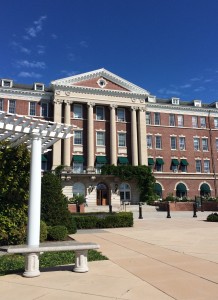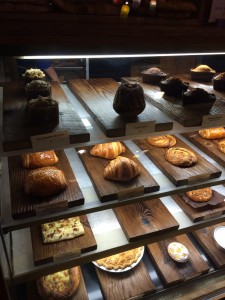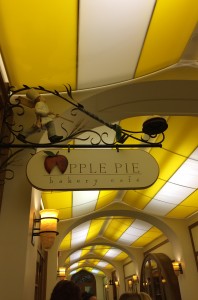The center to the acclaimed food region that is the Hudson Valley comes in a drive up route 9 past the town of Poughkeepsie and on the edge of FDR’s Hyde Park: the Culinary Institute of America. The campus itself looks more like a piece of french royalty then the Hudson Valley farm esthetic but truth remains that this place offers some of the most famous education in food service world. Walking around its massive stone courtyard, with the fountain spraying idly behind me I looked out at the Hudson River and recalled the long history of western cuisine to this country. I am not a student here but I wondered what it was like to work and learn the western traditions of cooking in a place whose legacy was and is about the local food and history of America. The Hudson Valley was once the home of early settlers, learning off the land, eating off the land, and now here sits a gleaming institute of tradition born across the ocean. The CIA looked the contradiction: a confused European estate in a hudson valley tree line.
Around me many students scurried off with white chef jackets buttoned tight and primely cleaned. A satchel of well tended kitchen knives and tools strapped to their backs as they hurried late to class. My friends and I were more interested in coffee and a quick snack after our morning hike and found ourselves wandering into the front doors towards the Apple Pie Bakery.
The Apple Pie Bakery is the playing ground for hopeful bakers, dessert chefs and baristas along with a busy kitchen of line cooks and waiters all being graded for their service every day. The scene was clean and quaint, not small and cozy but of high class cafe with classic French baguettes scored to perfection and golden glowing American apple pies displayed in an order glass case. The line was out the door as a nervous hostess offered us samples of chocolate and menus explaining the local beers offered, the daily soup and fanciful takes on sandwiches and french fries.
As we slowly moved up the line, I was taken aback by the overpriced granola and gourmet chocolates lining the entryway. Though lovely, I wondered who could come here and actually enjoy all these students hard work. Once to the register, I ordered a coffee, was handed a number and stepped to the side. There I looked around at who was here enjoying this Monday afternoon visit: many older groups of well loved friends, 3 or so Marist students shuffling away on their laptops and a family or two. But the trend was clear: this was a destination for an older crowd. I saw no young locals nor too many students and only observed the wandering conversations of many folk above the age of 50. This was not a local destination, it appeared to be a tourist cafe based on an exhibition of the “ideal” rather then the genuine.
Now I did enjoy my visit, it was very fancy and exciting but I left wondering how true to the Hudson Valley this place was and how much the lessons taught emphasized the history of the region. How is the CIA connected to Poughkeepsie and Hyde Park? How is it connected to the world? How does it consider its environment and what are its aims?
The CIA has a long history in promoting what it means to turn eating and cooking into an art and preserves the values of creativity of the movement. I just wondered who has access to this attempt at “sustaining the environment and its food” (the slogan the school poses for itself). The Hudson Valley is at this conflict in its tourist economy, local social issues, and environmental history: the CIA paints itself very much as a piece of the confusion of a Hudson Valley identity.





